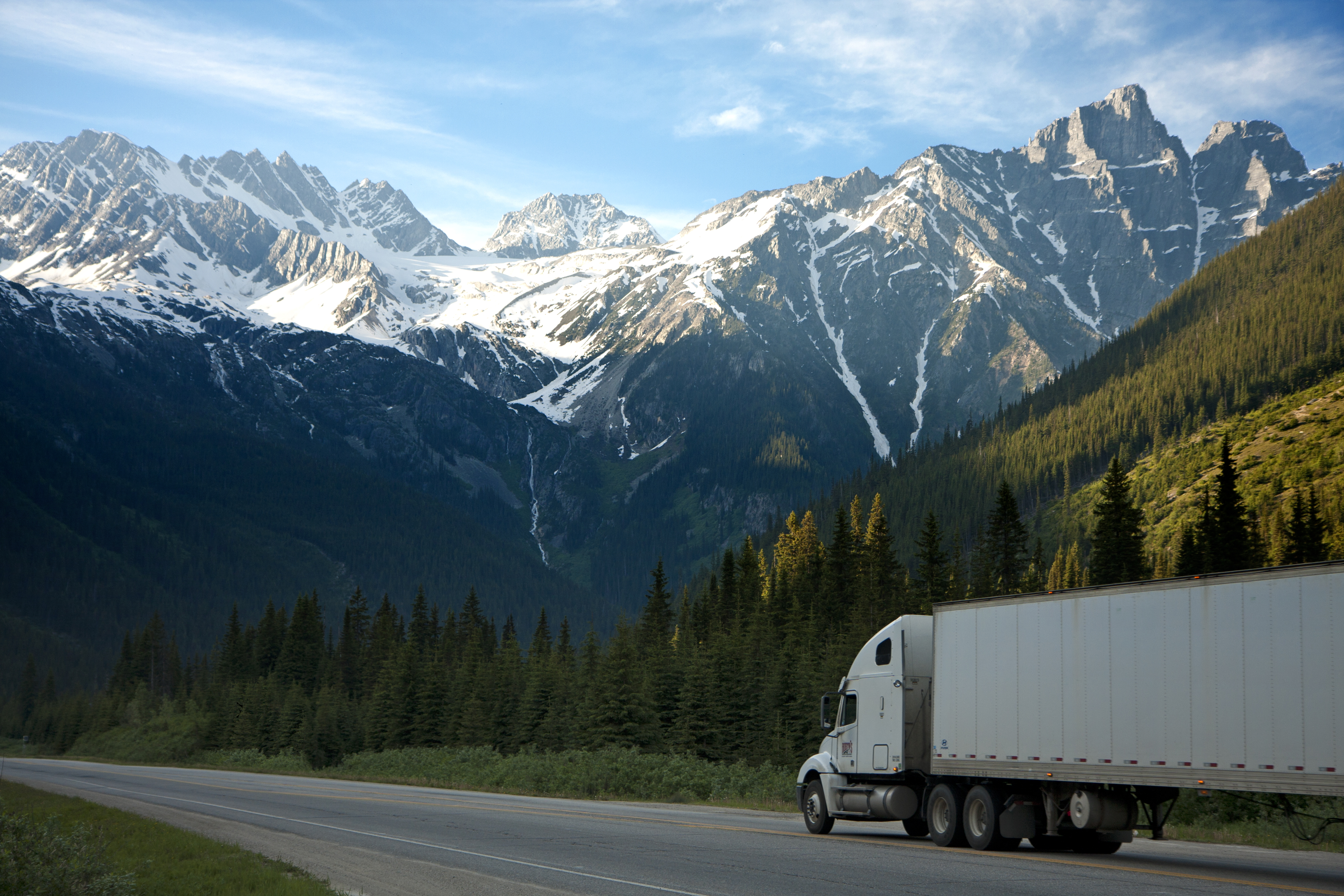Start Your Own Trucking Company Using Your Truck
The trucking industry grew almost 10 percent last year, according to a new report from the American Trucking Associations. Revenue topping nearly 800 billion dollars.
If you are looking to take your truck and start your own business, here are some steps to help you have a successful start. When you own your own company, you can choose to work as little or as much as you want. You get to choose your own loads and the route you want to go. You will be your own boss, looking and choosing your own loads. There is a downside, you will have to be a good businessperson. You must do all the work until your can afford for someone to help with some of the tasks.
You are going to make as much as you are motivated to make. Successful truck drivers can make from $80K to $300K at year. (This is not net pay; truckers have a lot of expenses to drive and especially if you are running your own business.)
Don’t let the larger trucking companies scare you, there is plenty of loads out there for truckers. You just must know when to look on the boards and what are the good areas to work in.
Let’s get started – first it is recommended that you have at least $20,000 to get started. Getting your own authority takes thirty days and money. You are going to need to have money to sustain you until you get your authority up and running. You will need money to purchase the authority, licenses, insurance and more.
Step One
The first obvious tip – you must have a CDL and a Truck. You can purchase a truck or get one on lease.
Step Two
Choose a good name for your business. One that will get you noticed and one you can live with for a long time.
Step Three
Decide on the type of company structure you will be such as LLC, S-Corp, Partnership, Corporation or Sole Proprietor (Not recommend because if you hurt someone, you can lose everything you own). For more information on entity types, visit https://www.irs.gov/pub/irs-pdf/p583.pdf
Step Four
If you are going to incorporate, you will need to register with your state.
Step Five
Log on to IRS.GOV and register for an EIN number for your new business.
Step Six
You will need to apply for a Federal DOT number and Motor Carrier Authority. You can apply for these on their website – https://www.fmcsa.dot.gov/. You will need to use the new Unified Registration System. There is going to be a lot of paperwork, but it is necessary to get you registered. Make sure you answer the questions correctly or it can delay your registration and cost you more money than necessary. (Around $300.00) If you plan on hauling hazardous materials, you will have some additional requirements.
Step Seven
You will need insurance before your authority can be active. Insurance for a new carrier is very expensive. Anywhere from $12,000 on up. Your coverage needs to be $750,000 to $1,000,000 for brokers to be able to give you loads. Shop around to find the right insurance for your company.
Step Eight
Choosing a Process Agent. You will need to choose a process agent who can represent you in regards to court papers. You will need to have a process agent for each state your trucking company operates in. They are used if there ever is an issue where court papers are to be served to your trucking company in a state other than the state your company is registered in.
The FMCSA has a list of process agents to choose from here. The process agent is responsible for completing Form BOC-3 on behalf of your trucking company. Make sure to comply with all requirements, so your own research!
There are companies that you can pay to do some of the steps needed to get your own authority if you have enough funding to do so. Research online for the right company.
Step Nine
You will be required to pay and file IRS form 2290 – Heavy Use tax. This is done quarterly. Check with your accountant to see what other forms might need to be filed.
You will need plates for your truck called “IRP Plate.” You register with your state for your new plates.
The International Registration Plan (IRP) is an agreement that covers 48 U.S. states, the District of Columbia and Canadian provinces. Essentially, when your vehicle becomes IRP-registered, you record the distance traveled in each state or province and pay the appropriate fees for your distance traveled.
Almost every state has a permit requirement – called IFTA. You will need these permits for each state you plan to travel through.
Step Ten
You are going to need an ELD (electronic logging device) to track your driving hours. These are required by law. There are several good companies to choose from. Shop around for the company that fits your budget and needs.
You will also need a way to Transflo your paperwork to whomever is going to take care of your bookkeeping. You will need to send the sign bill of ladings to your brokers in order to get paid.
Step Eleven
Create a plan and Budget
If you create a plan you will have researched all you need to know to successfully run your trucking company. A budget will help you understand the cost of running your own trucking company. It will also be good to keep you in line when your spending.
Step Twelve
Choosing the right equipment to haul with. You should do research on the right trailer, van, flatbed etc. for you to haul with. Sign up with a load board and check loads and the equipment types. This will help you decide what you want to do. Some equipment cost more to run that others. For example. If you choose a flatbed, you must purchase a headache rack, chains, straps, binders, tarps and more. These items can be very expensive as oppose to using a Dry Van – where you might need lift gate or hand jack.
Choosing the correct equipment to haul truck freight can have a tremendous impact on your trucking companies earning potential. Although freight rates fluctuate week-to-week, typically flatbed truck loads pay the highest rate on average.
Keep in mind that location affects freight rates as well.
Step Thirteen
So your Authority is now ready– you will need to get on some load boards and connect with brokers. Keep in mind that with a new authority comes adjustment period. Some brokers will not use you if you have less that ninety days under your belt and you might get rejected, just keep trying there are still a lot of good companies that will use a new carrier. I suggest watching the rate per mile to make sure you are earning enough to cover your expenses.
Step Fourteen
You will need to be very organized and keep track of your paperwork and expenses. Here is an article I wrote about bookkeeping and expenses you can deduct. https://cmwtaxservices.com/how-truck-drivers-can-keep-from-blowing-their-stack-over-bookkeeping/.
I recommend an online cloud accounting that you can log in to on any computer to get your paperwork completed. Keeping detailed track of expenses will save you a fortune in tax dollars.
Some companies are Zero, Wave, QuickBooks Online, Sage. You can shop around and choose a bookkeeping software that is right for you.
You will also need to keep track of your mileage and gas purchases by state in order to file your quarterly IFTA reports.
Or you can hire someone to do the bookkeeping for you. CMW Tax Services has great packages available to get your started.
I wish you all the best success!!
Carolyn




